Introduction

Feeding multiple cats can be a challenging task, especially when it comes to maintaining order and ensuring fairness during mealtime. Mealtime manners are important for creating a harmonious feeding environment and minimizing conflicts among your feline companions. Establishing feeding routines and providing separate feeding stations are key strategies to consider. In this article, we will explore these techniques, along with mealtime management strategies, handling feeding challenges, maintaining good hygiene, seeking professional advice, and the benefits of implementing mealtime manners.
Why Mealtime Manners are Important for Multiple Cats

Mealtime manners play a crucial role when it comes to feeding multiple cats. Establishing proper mealtime etiquette helps maintain a harmonious and stress-free environment for all the cats involved. It minimizes conflicts, reduces food aggression, and ensures that each cat gets their fair share of food. By promoting good behavior during mealtimes, you can create a positive feeding experience for your cats and foster a peaceful coexistence among them.
The Benefits of Establishing Feeding Routines
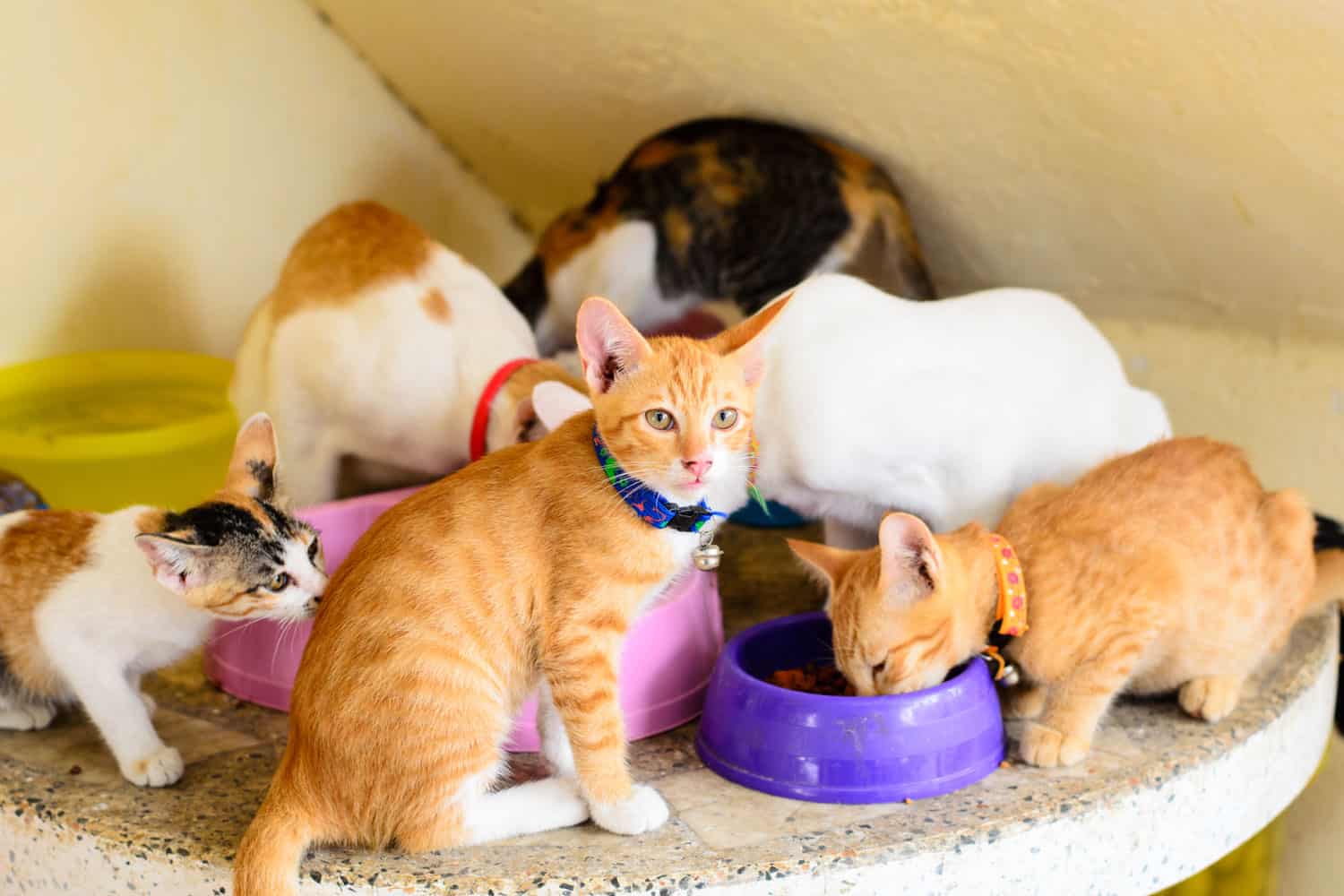
Establishing feeding routines for multiple cats can have numerous benefits. It helps create a sense of structure and stability in their daily lives, reducing anxiety and stress. Feeding routines also promote healthy eating habits and portion control, preventing overeating or underfeeding. Additionally, having consistent mealtimes can improve digestion and prevent issues like obesity or gastrointestinal problems. Overall, implementing feeding routines for multiple cats ensures their well-being and maintains a harmonious feeding environment.
Setting Up Separate Feeding Stations
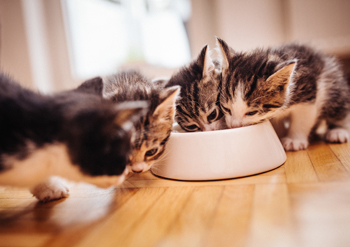
When it comes to feeding multiple cats, setting up separate feeding stations is crucial. Each cat should have their own individualized space where they can eat without feeling threatened or pressured by other cats. This helps reduce competition and potential aggression during mealtime. By providing separate feeding stations, you can ensure that each cat has a calm and stress-free environment to enjoy their meals.
Creating Individualized Spaces for Each Cat

Creating individualized spaces for each cat is crucial when feeding multiple cats. Each cat should have their designated feeding area, ensuring they feel comfortable and safe during mealtime. This helps prevent any food aggression or competition that may arise when multiple cats are fed in the same space. By providing separate feeding stations, you can create a sense of ownership for each cat and reduce potential conflicts during mealtime.
Ideal Locations for Feeding Stations

When setting up feeding stations for multiple cats, it is important to choose ideal locations that promote a calm and comfortable environment. Ideally, these feeding stations should be placed in quiet areas of the house, away from high-traffic areas and noise. Additionally, it is beneficial to provide feeding stations in separate rooms or corners of a room to prevent any potential competition or food aggression between the cats. By selecting these ideal locations, you can help ensure a peaceful mealtime experience for all your feline companions.
Feeding Multiple Cats Together
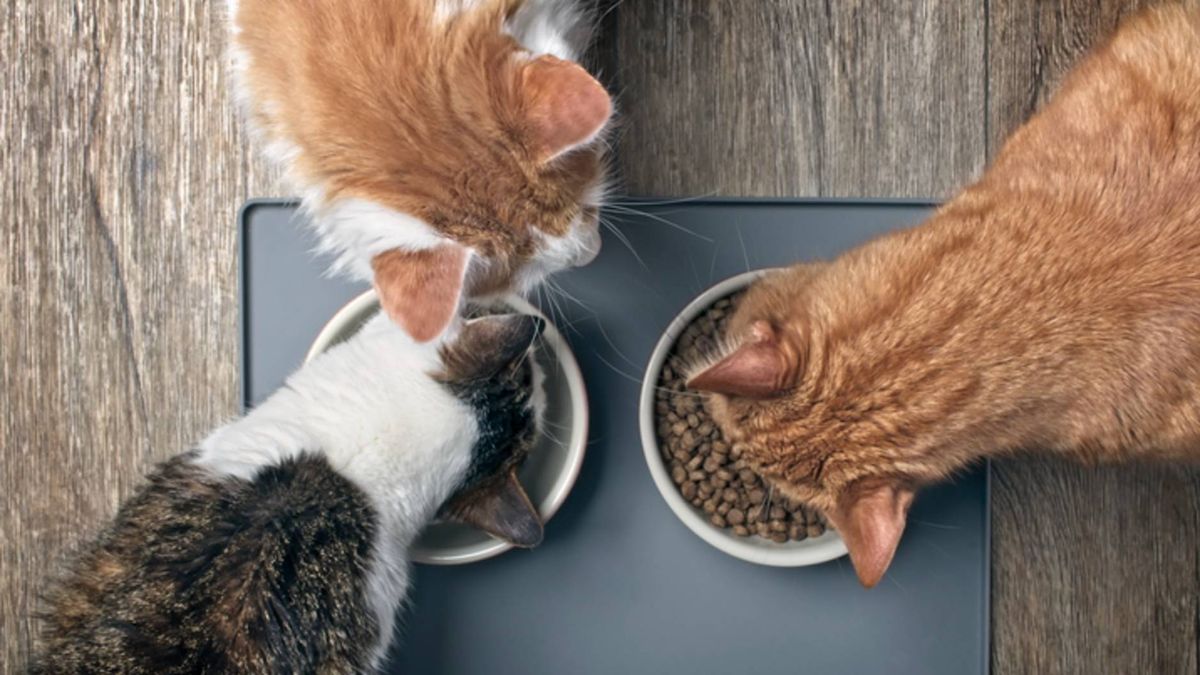
Feeding multiple cats together can be a convenient and efficient way to manage mealtime in a multi-cat household. However, it's important to introduce this feeding arrangement gradually and supervise interactions to ensure a harmonious environment. By allowing cats to eat side by side, they can develop social bonds and reduce competition for resources. Implementing group feeding can also help establish a routine and make mealtime management easier for cat owners.
Gradually Introducing Cats to Group Feeding

When it's time to introduce multiple cats to group feeding, it's important to do so gradually. This allows the cats to become accustomed to eating alongside each other and reduces the risk of food aggression. Start by placing their separate feeding stations closer together, progressively moving them closer over time. It may also help to offer treats or rewards during mealtime as a positive reinforcement for peaceful behavior. With patience and consistency, cats can learn to enjoy mealtime together harmoniously.
Supervising Mealtime Interactions

Supervising mealtime interactions between multiple cats is crucial to ensure a peaceful and stress-free feeding environment. By keeping an eye on their behavior, you can prevent food aggression and protect the welfare of each cat. Watch for signs of tension or aggression, such as hissing, growling, or swiping. If necessary, separate the cats temporarily to allow everyone to eat in peace. Ultimately, supervising mealtime interactions helps create a harmonious feeding experience for all your feline friends.
Mealtime Management Strategies
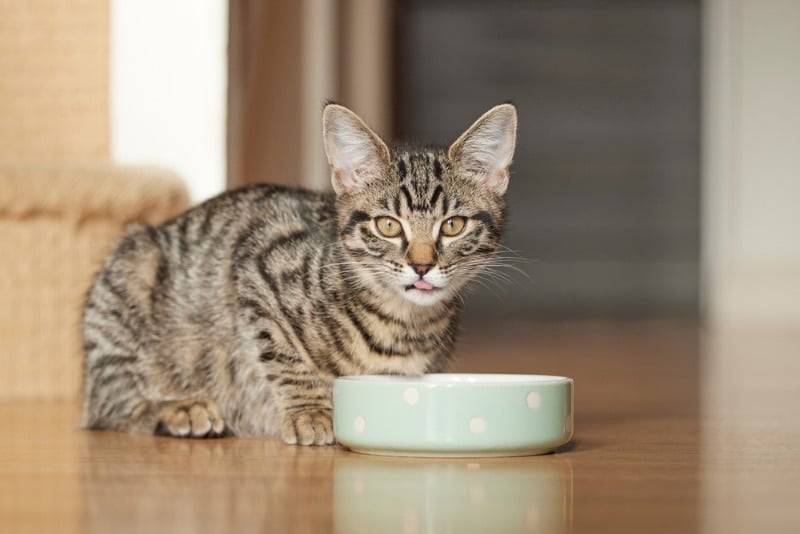
Mealtime management strategies are essential when feeding multiple cats. One effective strategy is to establish scheduled feeding times, where each cat is given a specific time to eat. This helps create a routine and prevents food competition or overeating. Another strategy is to use automatic feeders for portion control, ensuring each cat receives the right amount of food. These strategies help maintain order during mealtime and promote balanced eating habits for every cat.
Establishing Scheduled Feeding Times

Establishing scheduled feeding times is an essential aspect of maintaining mealtime manners for multiple cats. By adhering to a consistent feeding schedule, you can help prevent food aggression and minimize competition for resources. It also allows you to monitor each cat's appetite and ensure that they are receiving the appropriate amount of food. Regularly timed meals also promote better digestion and can help prevent overeating or obesity in your feline companions.
Using Automatic Feeders for Portion Control

Using automatic feeders can be a convenient and effective way to manage portion control when feeding multiple cats. These feeders allow you to set specific meal times and portion sizes for each cat, ensuring that they receive the appropriate amount of food without overeating or under-eating. Automatic feeders can help prevent food aggression and allow cats to eat at their own pace, promoting a healthier feeding routine for all your feline companions.
Handling Feeding Challenges
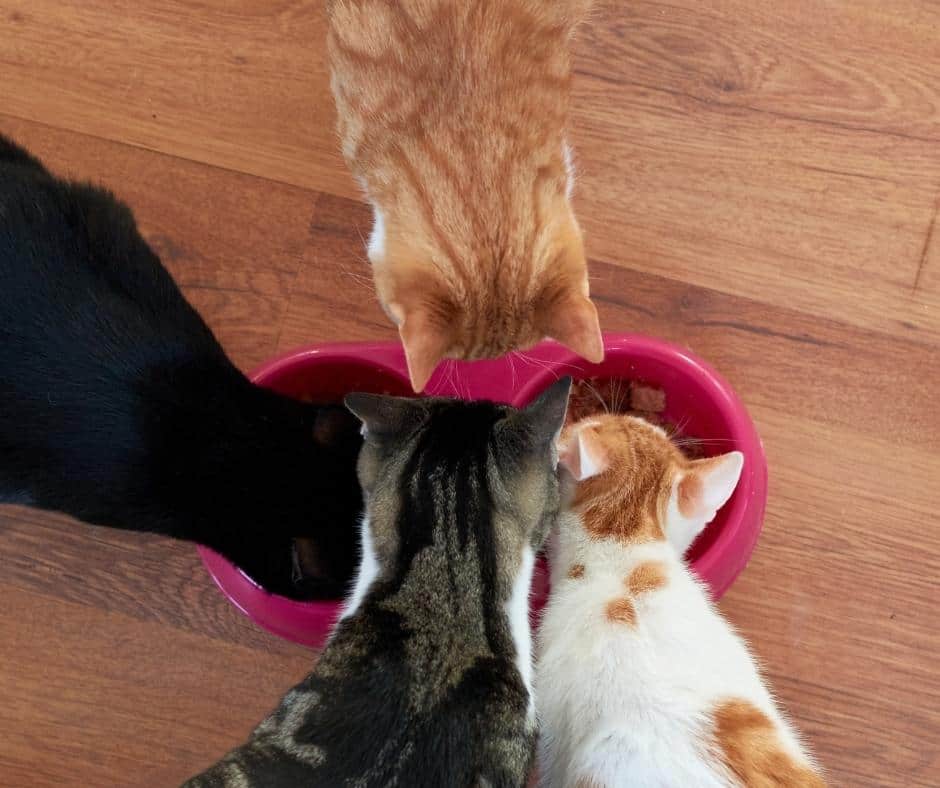
One of the challenges that can arise when feeding multiple cats is food aggression. Food aggression occurs when one or more cats become territorial or possessive over their food, leading to aggressive or dominant behavior towards other cats during mealtimes. This can create tension and even result in conflicts between the cats. It's important to address food aggression promptly to maintain a peaceful feeding environment for all the cats. Additionally, addressing different dietary needs of each cat can be another feeding challenge. Some cats may have specific dietary requirements or restrictions, and it's important to ensure that each cat is receiving the appropriate nutrition they need without compromising the needs of others.
Dealing with Food Aggression
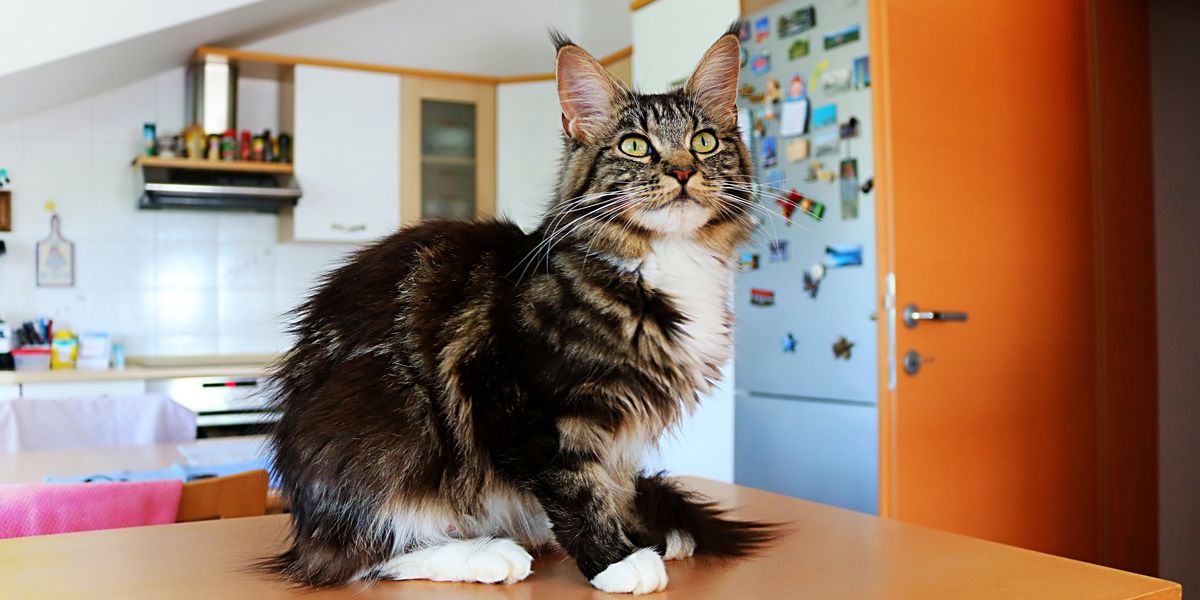
Dealing with food aggression can be a challenging aspect of feeding multiple cats. Food aggression is a common behavior where one or more cats may exhibit aggressive behaviors around food, such as growling, hissing, or even fighting. To address this issue, it is important to provide each cat with their own designated feeding area to minimize competition. Additionally, consider separating the cats during mealtimes and gradually reintroducing them once they have learned to eat peacefully alongside each other. Seeking guidance from a veterinarian or animal behaviorist can also be beneficial in managing food aggression and establishing a harmonious feeding environment.
Addressing Different Dietary Needs

When feeding multiple cats, it's important to address their individual dietary needs. Some cats may have allergies, require a special diet due to medical conditions, or simply have different preferences. To accommodate these needs, it's crucial to provide separate food options or feed the cats in different areas. This ensures that each cat receives the appropriate nutrition and prevents any conflicts over food choices. Additionally, consulting with a veterinarian can provide further guidance on meeting the specific dietary requirements of each cat.
Providing ample Resources

When feeding multiple cats, it is essential to ensure that each cat has access to enough resources. This includes having multiple food and water stations throughout your home. By providing ample resources, you can prevent competition and reduce stress during mealtime. Each cat should have their own designated area where they can eat and drink without feeling threatened by other cats. This will help maintain a peaceful feeding environment for all of your furry friends.
Multiple Food and Water Stations

In a multi-cat household, it is essential to provide multiple food and water stations to ensure that each cat has access to their own resources. Having separate stations helps prevent competition and reduces the likelihood of food aggression. Each cat should have their own designated feeding area with their own bowls of food and water. This not only promotes a sense of ownership but also ensures that every cat gets their fair share without feeling threatened or rushed during mealtime.
Avoiding Competition for Resources

When feeding multiple cats, it is important to create an environment where they do not have to compete for resources. This means providing multiple food and water stations so each cat has their own designated space. By having separate areas for each cat, you can minimize the potential for conflicts or food aggression. Furthermore, ensuring that each cat has access to enough resources will help maintain a harmonious feeding environment.
Practicing Good Hygiene

Maintaining a clean and hygienic feeding area is essential when it comes to feeding multiple cats. Regularly cleaning the feeding stations helps prevent the buildup of bacteria, ensuring the health and safety of your feline friends. Additionally, handling leftovers and spills promptly prevents them from becoming a breeding ground for pests or attracting unwanted insects. By practicing good hygiene, you can create a healthy and pleasant feeding environment for your cats.
Regularly Cleaning Feeding Areas
Regularly cleaning feeding areas is essential for maintaining a hygienic environment for your cats. This includes regularly washing food bowls, water dishes, and any surrounding surfaces. Food spills should be promptly cleaned up to prevent bacteria growth and attract pests. By keeping feeding areas clean, you can minimize the risk of food contamination and help ensure your cats' health and well-being.
Handling Leftovers and Spills

When feeding multiple cats, it's inevitable that there will be leftovers and spills. It's important to promptly clean up any spills to prevent messes and potential conflicts among the cats. Leftover food should be removed and discarded to maintain hygiene and prevent any food-related illnesses. Regularly cleaning the feeding area not only ensures a tidy space but also helps eliminate any lingering food smells that may attract pests or encourage negative behavior in cats. By taking the necessary steps to handle leftovers and spills, you can maintain a clean and safe feeding environment for all your feline companions.
Seeking Professional Advice
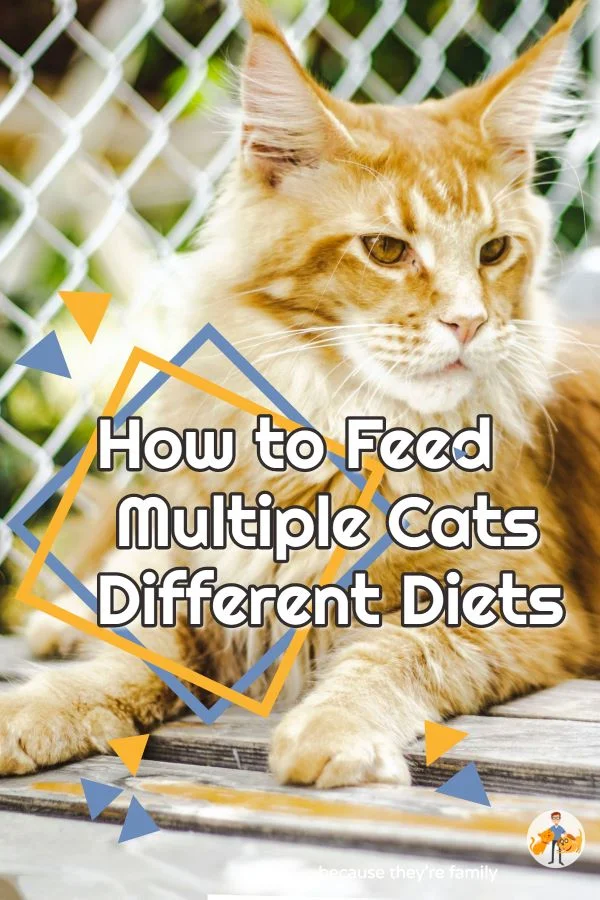
After implementing mealtime manners and managing feeding challenges, it is important to seek professional advice when needed. Consulting a veterinarian or animal behaviorist can provide valuable insights into addressing specific feeding issues. These professionals can offer guidance on adjusting diets, managing food aggression, or any other concerns that may arise. Seeking their expertise ensures the health and well-being of your multiple cats and helps maintain a harmonious feeding environment.
Consulting a Veterinarian or Animal Behaviorist
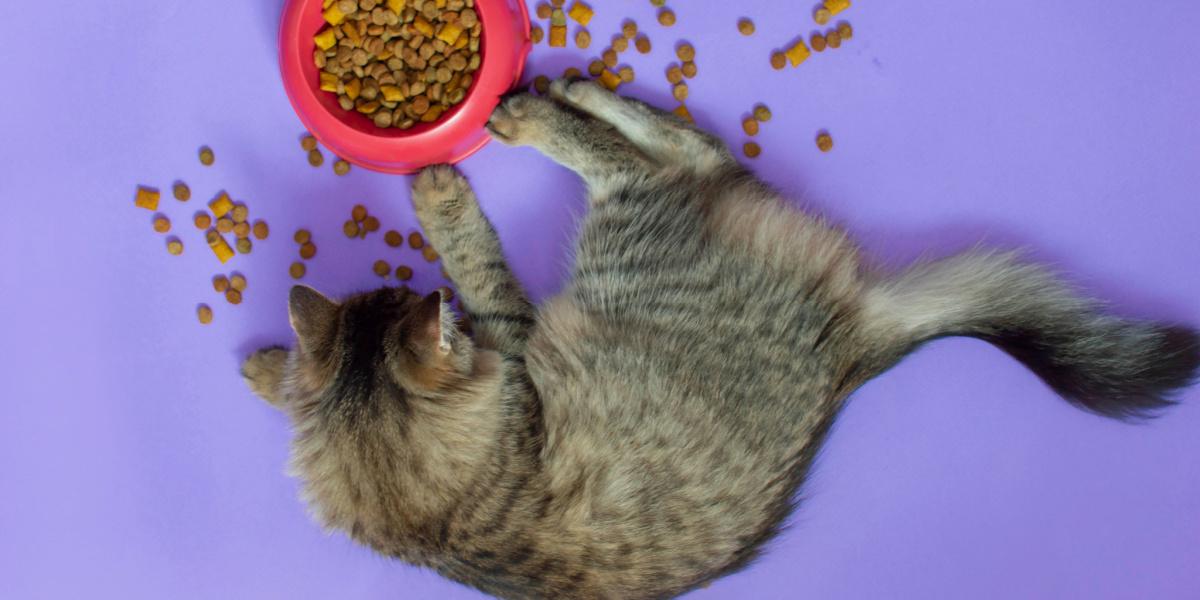
When it comes to feeding multiple cats, seeking professional advice can be invaluable. Consulting a veterinarian or animal behaviorist can provide expert guidance tailored to your specific situation. They can help address any feeding challenges, offer solutions for food aggression or dietary needs, and give recommendations on managing multiple cats at mealtime. These professionals have the knowledge and experience to ensure the well-being and harmony of your feline companions during mealtime.
Guidance for Specific Feeding Issues

One common feeding issue that may arise when feeding multiple cats is food aggression. If one cat becomes possessive or aggressive over their food, it can create tension and conflicts during mealtime. To address this problem, it is important to separate the cats during feeding and monitor their behavior closely. Additionally, you may want to consult a veterinarian or animal behaviorist for expert guidance on how to manage and resolve food aggression in your cats.
Conclusion

In conclusion, implementing mealtime manners for multiple cats is essential for maintaining a harmonious feeding environment. By establishing separate feeding stations, introducing cats to group feeding gradually, and practicing mealtime management strategies, owners can ensure that each cat's dietary needs are met without conflict. Providing ample resources and practicing good hygiene further contribute to a pleasant dining experience. When facing challenges, seeking professional advice can provide guidance tailored to specific feeding issues. Ultimately, by prioritizing mealtime manners, cat owners can create a peaceful and enjoyable dining experience for their furry companions.
Benefits of Implementing Mealtime Manners

Implementing mealtime manners for multiple cats can bring several benefits. Firstly, it helps to establish a sense of order and structure during feeding times, reducing potential conflicts and aggression. Secondly, it allows each cat to have their own dedicated space, promoting a calm and stress-free environment. Additionally, mealtime manners can help ensure that each cat receives the appropriate amount of food and meet their individual dietary needs. Overall, implementing mealtime manners contributes to maintaining a harmonious feeding environment for all cats involved.
Maintaining a Harmonious Feeding Environment
Maintaining a harmonious feeding environment is crucial for multiple cats to ensure that mealtime remains peaceful and stress-free. By implementing mealtime manners, such as setting up separate feeding stations, establishing feeding routines, and managing feeding challenges, cat owners can foster an atmosphere where each cat feels comfortable and secure during meals. This not only promotes healthy eating habits but also prevents conflicts and tension between cats, creating a more harmonious feeding experience for everyone involved.




0 Comments